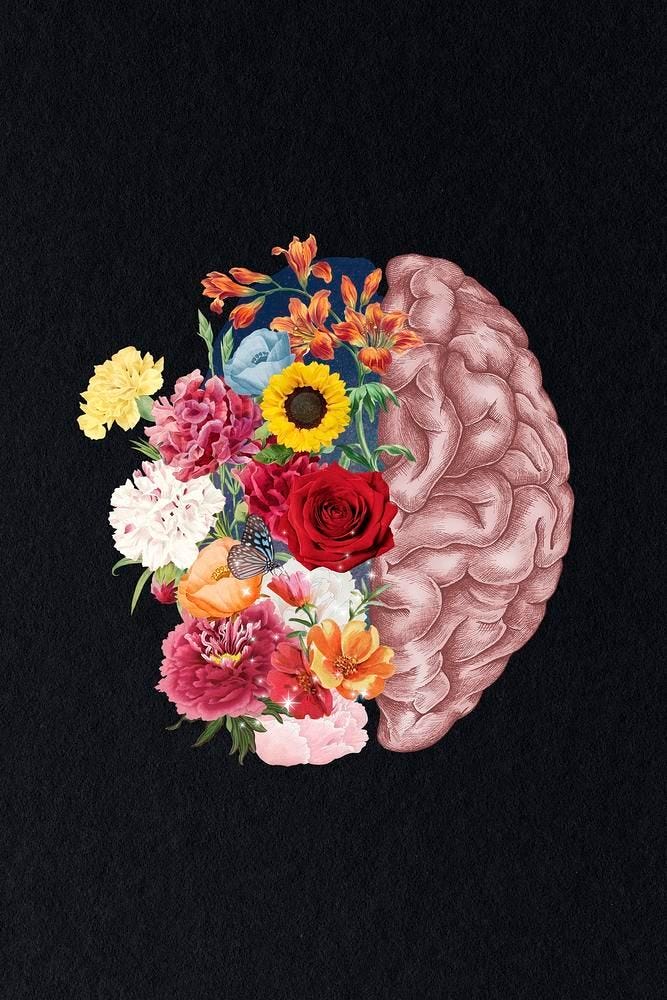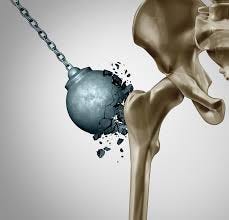Strong Legs, Long Life: How Lower Body Lifting Supports Longevity
Why building a solid foundation today pays off for years to come
When you think about aging well, what comes to mind? Eating clean? Walking daily? Taking supplements? Those all matter—but the real secret weapon for aging strong and living long might be hiding in the squat rack.
Lower body strength training—especially exercises like squats, deadlifts, and lunges—isn't just about aesthetics. It's about building a resilient, functional body that can carry you through life with power, purpose, and confidence.
The Foundation of Functional Fitness
Our legs are literally our base. The stronger they are, the more capable we are of doing basic everyday things—like walking up stairs, picking up a grandchild, or balancing on an uneven sidewalk.
But here’s the kicker: lower body strength training doesn’t just make you feel better now. It’s one of the most effective ways to prevent age-related decline, both physically and mentally.
1. Protects Brain and Body: The Neuromuscular Connection
Did you know that leg strength is linked to brain health?
Research shows that stronger leg muscles are associated with better cognitive function and slower brain aging. The neuromuscular demand of lower body movements keeps your brain firing and your nervous system sharp.
Every time you squat, lunge, or deadlift, your brain and body are working together to stabilize, coordinate, and fire up multiple muscle groups. Over time, this improves not just your balance and strength, but also neuroplasticity—aka your brain's ability to adapt and stay sharp.
2. Boosts Bone Density & Prevents Osteoporosis
As we age—especially women in midlife and menopause—we naturally lose bone density. This increases the risk of osteopenia, osteoporosis, and fractures.
But here's the good news: Resistance training stimulates bone remodeling, especially in weight-bearing areas like the hips, pelvis, and femur. Exercises like squats and Romanian deadlifts place mechanical load on these bones, prompting your body to strengthen and reinforce them.
It’s not just about muscle—it’s about literally keeping your skeleton strong.
3. Improves Balance, Posture & Fall Prevention
Falls are one of the leading causes of injury and loss of independence in older adults. Many of these falls happen due to muscle weakness, poor proprioception (body awareness), and lack of stability—all things that can be improved with lower body training.
Movements like lunges, step-ups, and single-leg deadlifts build unilateral strength and challenge your coordination. You improve core stability, ankle mobility, and hip control—all key for maintaining your balance in real life.
Want to age with grace, not fear? Start training those legs.
4. Enhances Hormonal & Metabolic Health
Lower body lifts target some of the largest muscles in your body (glutes, quads, hamstrings). This makes them a metabolic goldmine—meaning they help you:
Burn more calories during and after your workout
Improve insulin sensitivity (key for preventing Type 2 diabetes)
Support fat loss without sacrificing muscle
Stimulate anabolic (muscle-building) hormones like testosterone and growth hormone
Plus, for women, strength training during and after menopause can help manage hormonal shifts, regulate cortisol, and protect against metabolic slowdown.
5. Builds Resilience, Confidence & Power
Lower body training isn’t just physical—it’s mental. When you start lifting heavier, feeling more grounded, and watching your body move with power, you begin to think differently about what you’re capable of.
Squats and deadlifts are uncomfortable. They challenge you. And that’s the point.
Each rep is an act of mental resilience—a reminder that you can do hard things. The carryover into your everyday life? Immeasurable.
Keep reading with a 7-day free trial
Subscribe to Jamie’s Substack to keep reading this post and get 7 days of free access to the full post archives.









